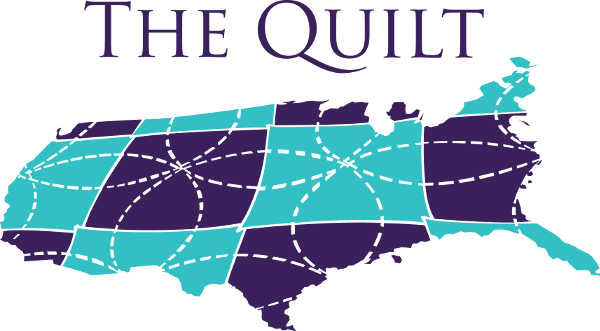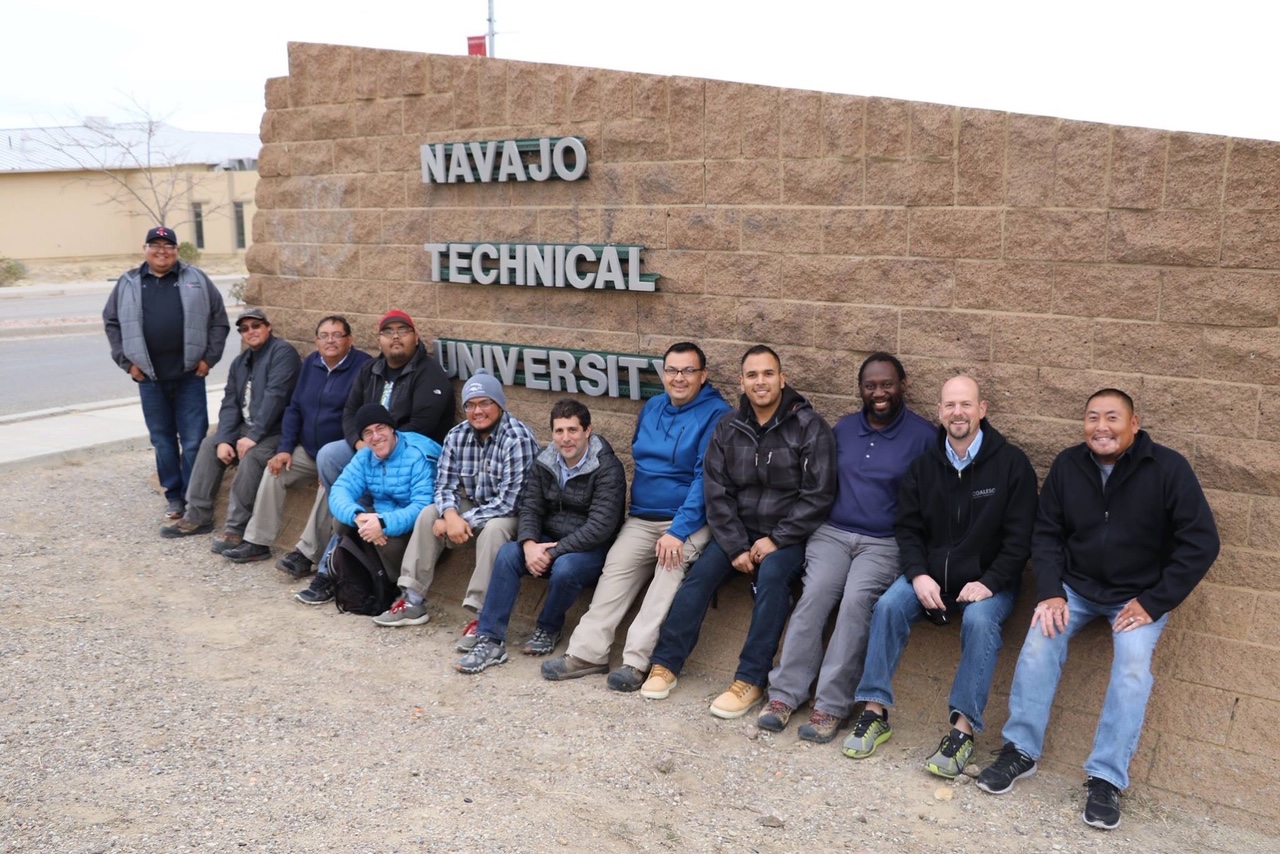National Science Foundation Campus Cyberinfrastructure (CC*) award grants improve scientific research by supporting improvements in campus and regional networking on large and small higher education campuses. Navajo Technical University (NTU) in Crownpoint, N.M., received a CC* in 2019, with the University Corporation of Atmospheric Research (UCAR) serving as the leadership organization.
For hundreds of years, information-sharing in the American Southwest depended on foot traffic. Messengers needed to understand the terrain, its perils and shortcuts, and the intricate relationships between destinations. It makes sense, then, that the NTUstar team of collaborating institutions chose a fact-finding approach toward existing cyberinfrastructure conditions to lay the groundwork for a more efficient and effective build.
Through workshops, site visits and communications, the team set about understanding unique regional challenges and building trust among stakeholders, including educational institutions, tribal entities, vendors, local governments and community members. Subsequently, the NTUstar team was able to unearth potential issues, from geography and resource limitations to a lack of competition among vendors, and begin collective brainstorming. The team also provided technical training to stakeholders.
Marla Meehl, manager of Front Range GigaPoP (FRGP) at UCAR, notes that perhaps the biggest benefit of the grant has been a platform establishing common ground among tribal entities. The common focus on networking provides a vehicle for new discussions. Stakeholders recognize a shared opportunity to realize benefits, such as helping to close the homework gap or negotiate with vendors. “We have provided guidance, but I’ve learned just as much from this collaboration,” says Meehl. “It has allowed us to work with passionate people in creative problem-solving and addressing challenges that are different from what we’ve handled.”
Perhaps the most important outcome is the shared trust-building that will act as ballast long-term. Meehl says, “The grant and subsequent grants are commitments. It takes time and conversations to plan, build and implement. We know that each of us will follow through and be back.”
Steve Burrell, CIO and vice president for information technology at Northern Arizona University, one of many valuable partners, reflects on greater implications: “We can extend resources not otherwise accessible to faculty, students and researchers, and participate in the discovery of new knowledge that serves to improve the quality of life of native citizens, raises the prosperity of our communities, and contributes to the wellness of our mother earth.”
Jason Arviso, principal investigator and NTU vice president for operations, foresees the collaboration will benefit all tribal colleges and universities. “R1 institutions have provided expertise, but have also had to adapt their solutions to our problems. We’ve relied on high-cost solutions offered by “outsiders” with difficult-to-support network designs, but now we’re able to plan and build solutions ourselves and better negotiate our agreements. Just think about what we will be able to do to help others. There’s no way to put a number on it or imagine how we can change the world.”

